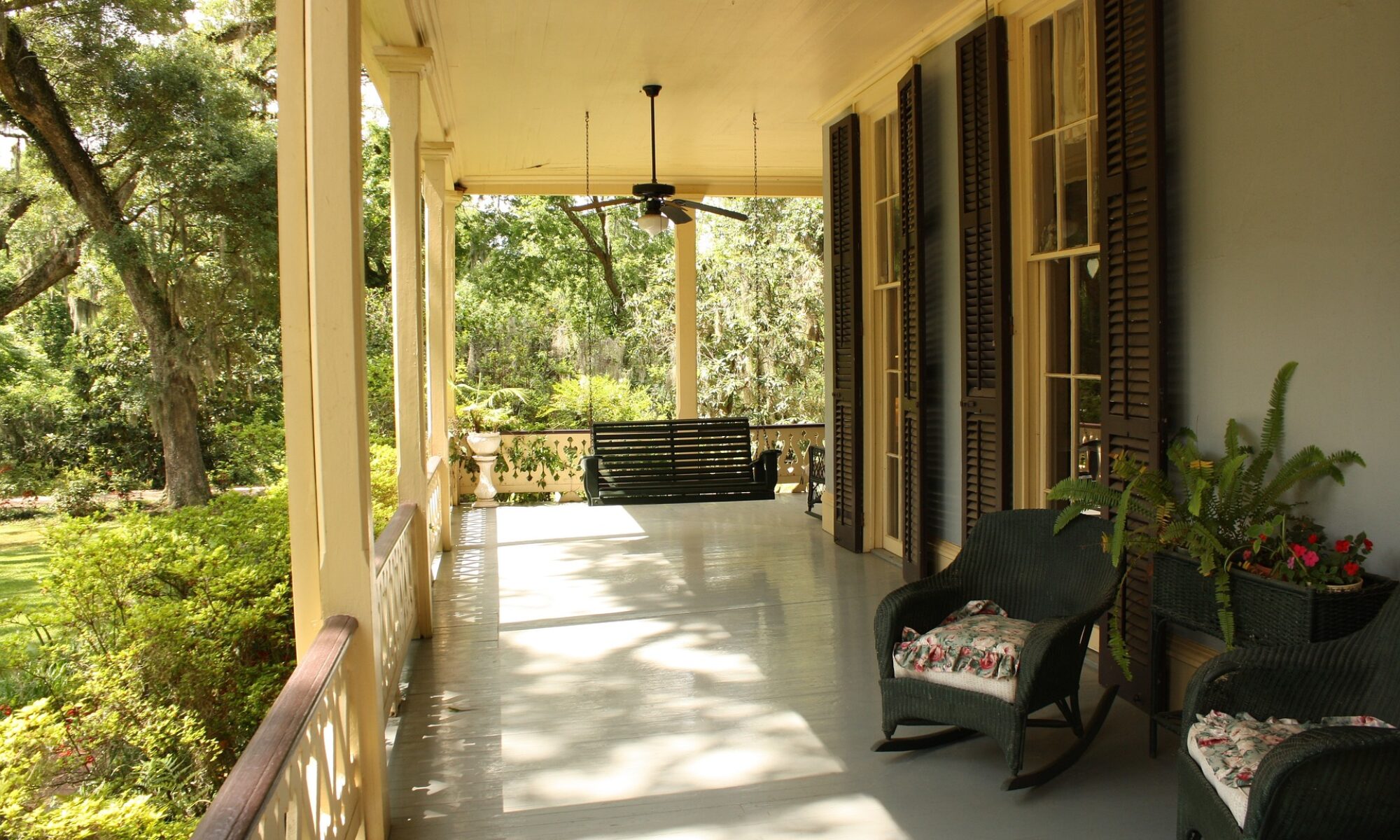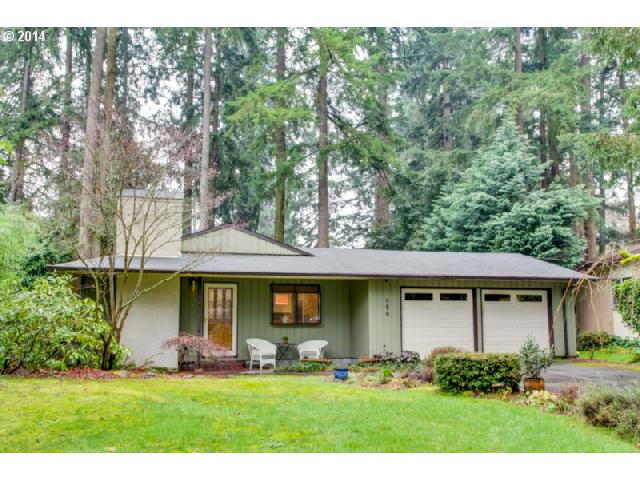
Don’t Let Downpayment Size Stop You from Owning Your Home
Brent Lucas of Guild Mortgage, M Realty’s featured partner, offers some industry insight into the modern truth about downpayments…
2015 is projecting to be another strong year for U.S. housing. Home sales are rising, home supply is dropping, and prices are increasing in many of our cities and neighborhoods.
Furthermore, mortgage interest rates are down.
30-year mortgage rates are very near 4% nationwide and have fallen to their lowest levels since early-June 2013. Many lenders are also quoting FHA and VA rates that are as competitive as conventional loans.
Lower mortgage rates yield lower monthly mortgage payments for today’s home buyers. However, for many buyers, it’s not the monthly payment which makes thought of homeownership difficult — it’s the prospect of putting 20% down.
The good news is that, in today’s mortgage market, there are a myriad of mortgage programs requiring little or no money down.
Home Buyers Don’t Need To Put 20% Down
 Buyers in today’s U.S. housing market don’t need 20 percent down. Many believe they do. This “20 Percent Down” misbelief may have been true at some point in history, but certainly not since the implementation of the FHA Loan, which occurred in 1934.
Buyers in today’s U.S. housing market don’t need 20 percent down. Many believe they do. This “20 Percent Down” misbelief may have been true at some point in history, but certainly not since the implementation of the FHA Loan, which occurred in 1934.
The likely reason why buyers believe a twenty percent downpayment is required is because, with a conventional mortgage, putting twenty percent down removes the need for private mortgage insurance.
Private mortgage insurance is an insurance policy homeowners are required to pay in order to protect a lender in the event of default. Mortgage insurance costs vary by downpayment and the borrower’s credit score.
Home buyers — especially first-time home buyers — will sometimes delay a purchase because they don’t feel as if they have enough money saved up for downpayment. And, while this should certainly be a consideration in homeownership, it should never be the only consideration.
Home affordability is not about how much money you can put down on a home. Home affordability is about whether you can afford the monthly payments that accompany owning a home.
A larger downpayment will result in a smaller loan size and, therefore, a smaller monthly mortgage payment. However, if you’ve depleted your life savings to make the purchase, perhaps the big downpayment was poor planning.
Here are some options for homebuyers to consider if they are wanting to take advantage of today’s home prices and historically low rates but do not have the 20% down:
FHA Mortgage : 3.5% Downpayment
 The FHA mortgage is somewhat of a misnomer because the FHA doesn’t actually make loans. Rather, the FHA is an insurer of loans.
The FHA mortgage is somewhat of a misnomer because the FHA doesn’t actually make loans. Rather, the FHA is an insurer of loans.
The FHA publishes a series of standards for the loans it will insure. When a bank underwrites and funds a loan which meets these specific guidelines, the FHA agrees to insure that loan against loss.
FHA mortgage guidelines are famous for their liberal approach to credit scores and downpayments. The FHA will typically insure a home loan for borrowers with low credit scores so long as there’s a reasonable explanation for the low FICO.
The FHA allows a downpayment of just 3.5 percent in all U.S. markets, with the exception of a few housing types.
(See FHA Flyer)
Furthermore, the FHA supports homeowners who have experienced recent short sales, foreclosures or bankruptcies through the agency’s Back To Work Program (http://backtoworkprogram.org); and will reduce its FHA mortgage insurance premiums for first-time buyers via the Homeowner’s Armed with Knowledge (HAWK) program.
The FHA insures loan sizes up to $362,250 in our 3 county area. To look up the FHA loan limits for one or more areas by state or county go to (https://entp.hud.gov/idapp/html/hicostlook.cfm)
My Community Mortgage (MCM) : 3% Downpayment
The Conventional 97 program has just NOW become available once again from Fannie Mae. It’s a 3 percent downpayment program and, for many 1st time home buyers, it’s a less-expensive option as compared to an FHA loan. (details will be released on this program this week)
VA Loan : No Money Down / 100% Financing
The Veteran’s Loan (VA) is a no-money-down program available to members of the U.S. military and surviving spouses.
Guaranteed by the U.S. Department of Veteran Affairs, VA loans are similar to FHA loans in that the agency guarantees repayment to lenders making loans which means VA mortgage guidelines.
VA loan qualifications are straight-forward.
In general, active duty and honorably discharged service personnel are eligible for the VA program. In addition, home buyers who have spent at least 6 years in the Reserves or National Guard are eligible, as are spouses of service members killed in the line of duty.
(See VA Flyer)
USDA Mortgage : No Money Down / 100% Financing
No Money Down options exist for non-military borrowers, too. The U.S. Department of Agriculture offers a 100% mortgage. The program is formally known as a Section 502 mortgage, but, more commonly, it’s called a Rural Housing Loan.
The good news about the USDA Rural Housing Loan is that it’s not just a “rural loan” — it’s available to buyers in suburban neighborhoods, too. The USDA’s goal is to reach “low-to-moderate income homebuyers”, wherever they may be.
(See USDA Flyer)
Another key benefit is that USDA mortgage rates are often lower than rates for comparable, low- or no-downpayment mortgages. Financing a home via the USDA can be the lowest cost means of homeownership.
National Homebuyers Fund: Downpayment Assistance
The NHF has released a program that provides a 3% or 5% forgivable grant for downpayment assistance
(See NHF Flyer)
Home Buyers Get Low Mortgage Rates
Not everyone will be eligible for today’s low-downpayment loans or grants, which is okay. The next-lowest downpayment loan comes from Fannie Mae and Freddie Mac and it requires just five percent down.
If you’d like to know more about current mortgage rate performance, now is the perfect time to reach out to your favorite real estate agent to be connected with a financial professional like Brent.






 Buyers in today’s U.S. housing market don’t need 20 percent down. Many believe they do. This “20 Percent Down” misbelief may have been true at some point in history, but certainly not since the implementation of the FHA Loan, which occurred in 1934.
Buyers in today’s U.S. housing market don’t need 20 percent down. Many believe they do. This “20 Percent Down” misbelief may have been true at some point in history, but certainly not since the implementation of the FHA Loan, which occurred in 1934. The FHA mortgage is somewhat of a misnomer because the FHA doesn’t actually make loans. Rather, the FHA is an insurer of loans.
The FHA mortgage is somewhat of a misnomer because the FHA doesn’t actually make loans. Rather, the FHA is an insurer of loans.














 When there are multiple offers on a home, contingent offers (where the offer is contingent on the sale of the buyers’ current home) are weaker than traditional offers. Buyers in this situation will often raise their contingent offers by several thousand dollars to make it more attractive.
When there are multiple offers on a home, contingent offers (where the offer is contingent on the sale of the buyers’ current home) are weaker than traditional offers. Buyers in this situation will often raise their contingent offers by several thousand dollars to make it more attractive.









 High, vaulted ceilings open up the space and carry into the dining area. The beautifully updated kitchen boasts eco-friendly paperstone counters, stainless steel appliances, a sizable pantry and a counter depth fridge. A master suite with bath, along with second and third bedrooms and bath are tucked away down the hall for privacy.
High, vaulted ceilings open up the space and carry into the dining area. The beautifully updated kitchen boasts eco-friendly paperstone counters, stainless steel appliances, a sizable pantry and a counter depth fridge. A master suite with bath, along with second and third bedrooms and bath are tucked away down the hall for privacy.